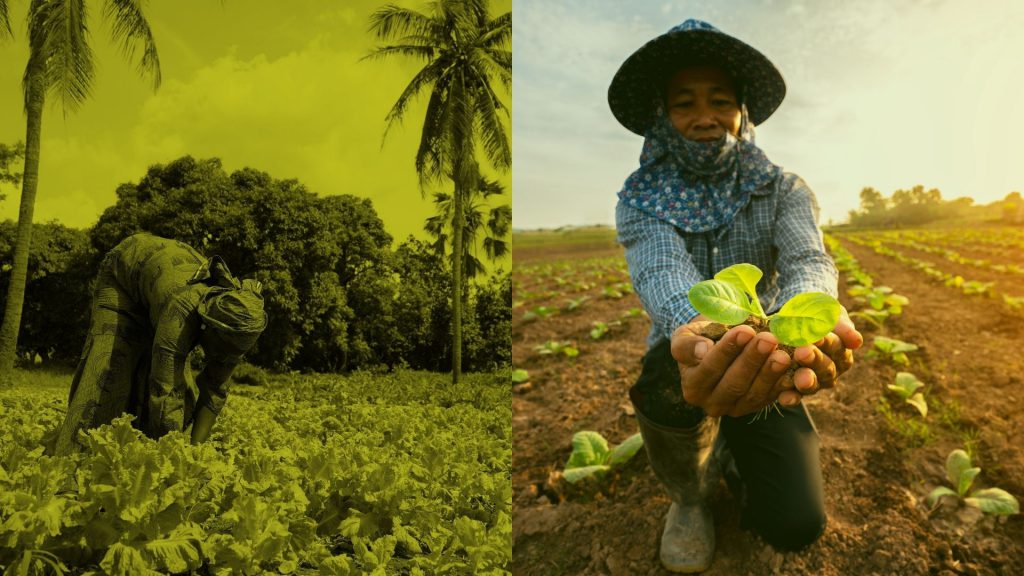Regional companies are generally not linked to international mandates, nor do they demonstrate engagement in local activities to conserve genetic resources. As the growth of the formal seed sector can reduce local crop diversity conserved on farms and in communities, seed companies have a role to play in limiting the impact of this trend. This can be done in various ways, starting with corporate commitments and activities in this area.
Two treaties that are important for the conservation and use of genetic resources are the Convention on Biological Diversity (CBD) along with its supplementary agreement the Nagoya Protocol, and the ITPGRFA. The CBD governs all biological resources whereas the ITPGRFA is more specific in addressing food agrobiodiversity conservation and use, and hence is more directly related to the business of seed companies. Global companies such as East-West Seed and Syngenta have broad-based commitments to the conservation and use of genetic resources in accordance with global mandates. None of the regional companies have similar commitments, although Uganda’s NASECO, FICA Seeds and Victoria Seeds report having related policy statements under development.
Four companies report having activities related to the conservation of genetic resources. FICA Seeds is presently working on a system for establishing maintenance of different crop varieties, both for indigenous crops and varieties with historical importance. Ethiopian Agricultural Business Corporation collaborates with research centers and the Institute of Biodiversity and Conservation to conserve Ethiopian landraces alongside promoting the use of improved varieties. NASECO and Seed Co maintain landraces in their germplasm collections.
East African Seed is the only regional company to fully disclose its conservation strategies. The company has activities to conserve the genetic diversity in local seed systems by promoting and offering technical knowledge on how to produce unique indigenous food crops on a larger scale using modern farming techniques. Further, the company derives and conserves germplasm from international partners and public gene banks to expand the diversity of its offerings.
